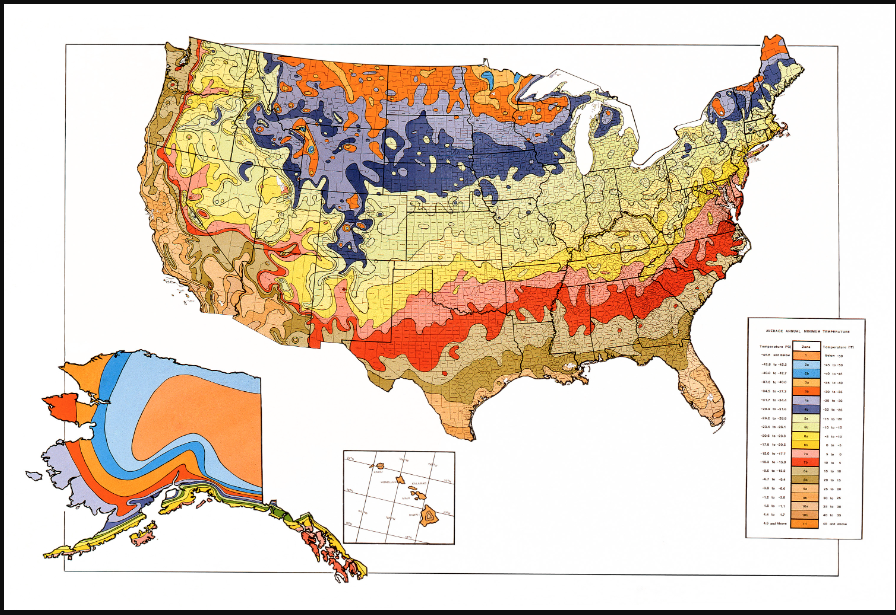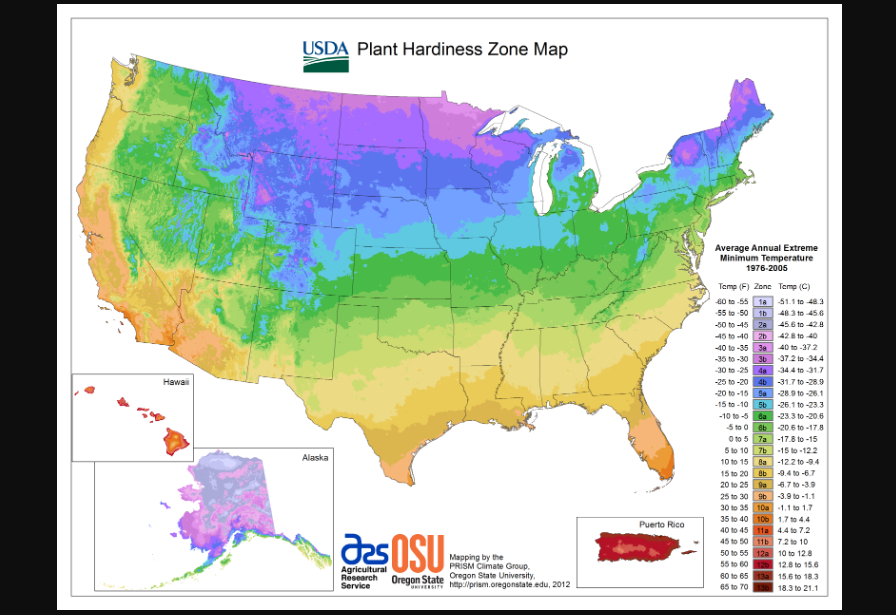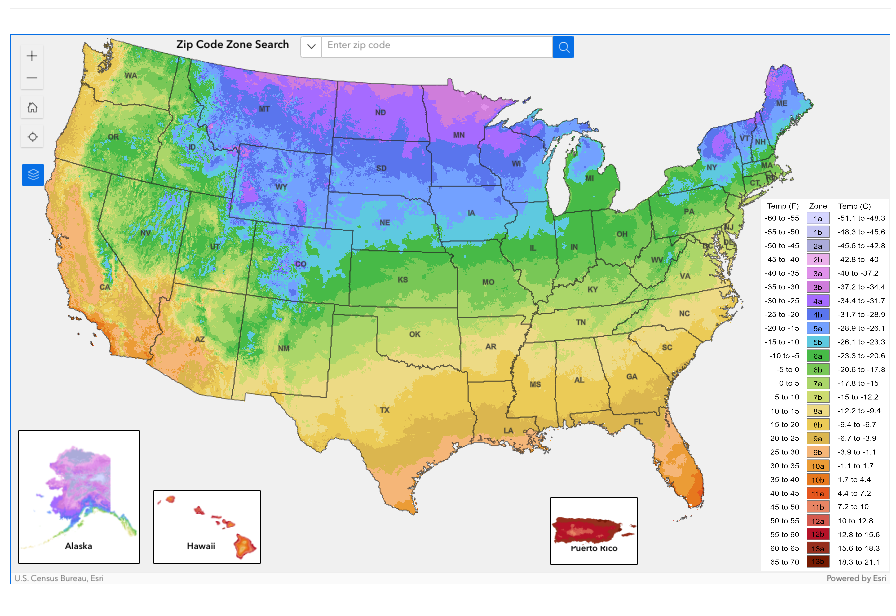The Good Old Red, White, and Blue
on 11.24.23
We all know that period commercials demonstrate their products with that thin light blue liquid which looks like maybe what a dishwasher would discharge during its period. But apparently they've also been using something equally ridiculous to measure how much different products hold.
Estimates of the capacities of many products were based on decades-old tampon research. In the 1980s, a tampon task force was convened to help develop safer menstrual products after a particular brand of tampons was found to slightly increase the risk of toxic shock syndrome, a serious medical condition that occurs when certain strains of bacteria from outside the circulatory system enter the bloodstream and release toxins that can cause severe organ damage or death. This research set the standard for modern tampon absorbency. Additionally, many of those initial studies used a saline solution rather than menstrual blood. Saline solutions are still predominantly employed to test menstrual products today.
It matters a lot because doctors use questions like, "Are you going through 2 or more tampons in 2 hours?" as a way to ascertain heavy bleeding, in order to point towards different conditions, but there's wild variation as to what you might be checking.
They found that menstrual underwear products were the least absorbent ones on the market, soaking up one to three milliliters of blood, depending on size. "Light" pads were slightly more absorbent, maintaining 3 to 4 ml. Tampons held between 20 and 34 ml, depending on the brand and flow rating, and "heavy" pads, which advertised 10- to 20-ml capacity, could hold up to 52 ml. Menstrual discs held the most blood--61ml on average--with one brand holding up to 80 ml.
I suppose Unfogged is definitely now demographic where menopause conversations are more relevant, but still. (And I have barely had a period since W was in office. And the gyn-oncologist is in no hurry to move me off HRT towards menopause anytime soon, so who knows.)
Tis the Day with the Song
on 11.23.23
Thanksgiving was on the 24th last year, and I can still see the post on the back end, but not on the actual site! So I can't link back to last year's Alice's Restaurant. You'll just have to trust me that you did in fact get together with other people and eat a big meal and maybe watch football. (Unless you're some kind of person who doesn't live in the US.)
Don't worry, I can link back two years ago.
I'm off to walk/run/stumble through a Turkey Trot!
Plant Hardiness Zone Map
on 11.22.23
They released a new US Plant Hardiness Zone Map. The thing I want is to have the old and new maps side by side, so let's do that here.
The actual 1990 map is here, in higher resolution. Here's a low-res screen shot:



Sick
on 11.21.23
I don't think I've ever had my throat so swollen and sore. (I got this from Hawaii, and we had her tested, and it's not strep.) It's really not fun.
Mossy sends along these two links, so maybe we'll play Crowdsource the Post, as I don't think I'm up for stringing together any pullquotes:
Anthony Albanese offers Tuvalu residents the right to resettle in Australia, as climate change 'threatens its existence'
and
Another Question
on 11.20.23
So, the premise of this whole Strong Town series is that sprawl is the reason that cities in the US can't afford their infrastructure maintenance. The thesis is that city growth is a Ponzi scheme, where we fail to plan for the lifespan and replacement of streets and utilities, and then rely on new growth to subsidize the costs. They say this is why every city is broke and has a mile-long constructions project list that they're gradually chipping away at.
We've talked about how elsewhere, housing can be built with administrative approval and doesn't go through as many hurdles as it does in the US, and you can get a healthy amount of sufficiently-dense housing, like described in the recent NYT story on Vienna (gifted link).
My question, then: Does this actually result in cities being less broke? Does the thought-experiment of Strong Towns actually pan out in a positive manner, where cities in other countries are better able to stay on top of their infrastructure costs?


